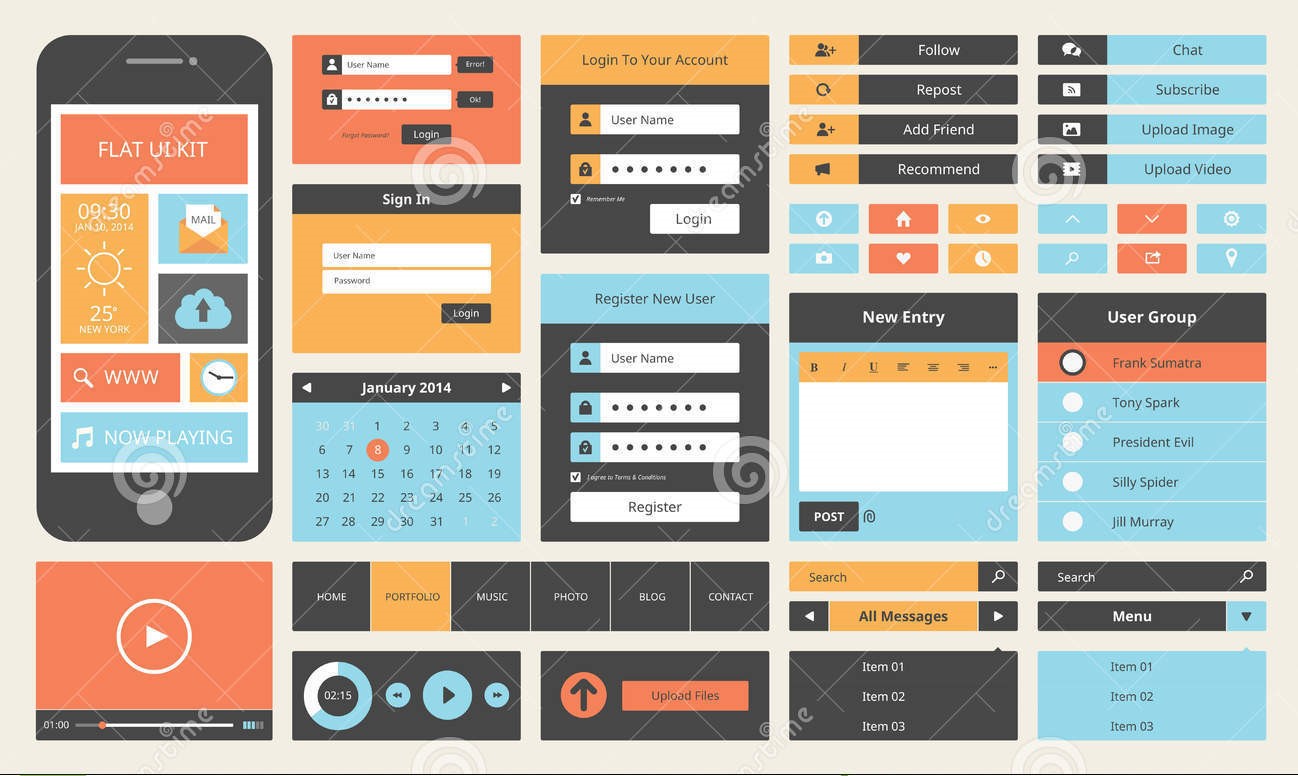Topic – Human Errors
Objectives
- Explain why designers should not blame users for errors.
- Describe types of errors, slips, and mistakes.
- Describe the various types of slips.
- Describe how to design to minimize errors
- Define and provide examples of these types of slips
- Capture errors,
- mode errors, description errors,
- data-driven errors,
- associative-activation errors,
- loss of activation errors
- Describe these forcing functions
- Gag,
- warn,
- do nothing,
- do what I mean,
- Let’s talk about it,
- teach me.
Summary
This lecture covers the basic types of human errors in User Interface Design and some of the ways of preventing and handling these errors.
Video
Reference Materials
Slips vs Mistakes – https://www.interaction-design.org/literature/book/the-glossary-of-human-computer-interaction/human-error-slips-and-mistakes
Forcing Function – https://www.interaction-design.org/literature/book/the-glossary-of-human-computer-interaction/forcing-functions
Types of Errors –
- Description Error – http://www.usabilityfirst.com/glossary/description-error/
- Capture Error – http://www.usabilityfirst.com/glossary/capture-error/
- Data Driven Error – http://www.usabilityfirst.com/glossary/data-driven-error/
- Loss of Activation Error – http://www.usabilityfirst.com/glossary/loss-of-activation-error/
- Mode Error – http://www.usabilityfirst.com/glossary/mode-error/
Additional Information
